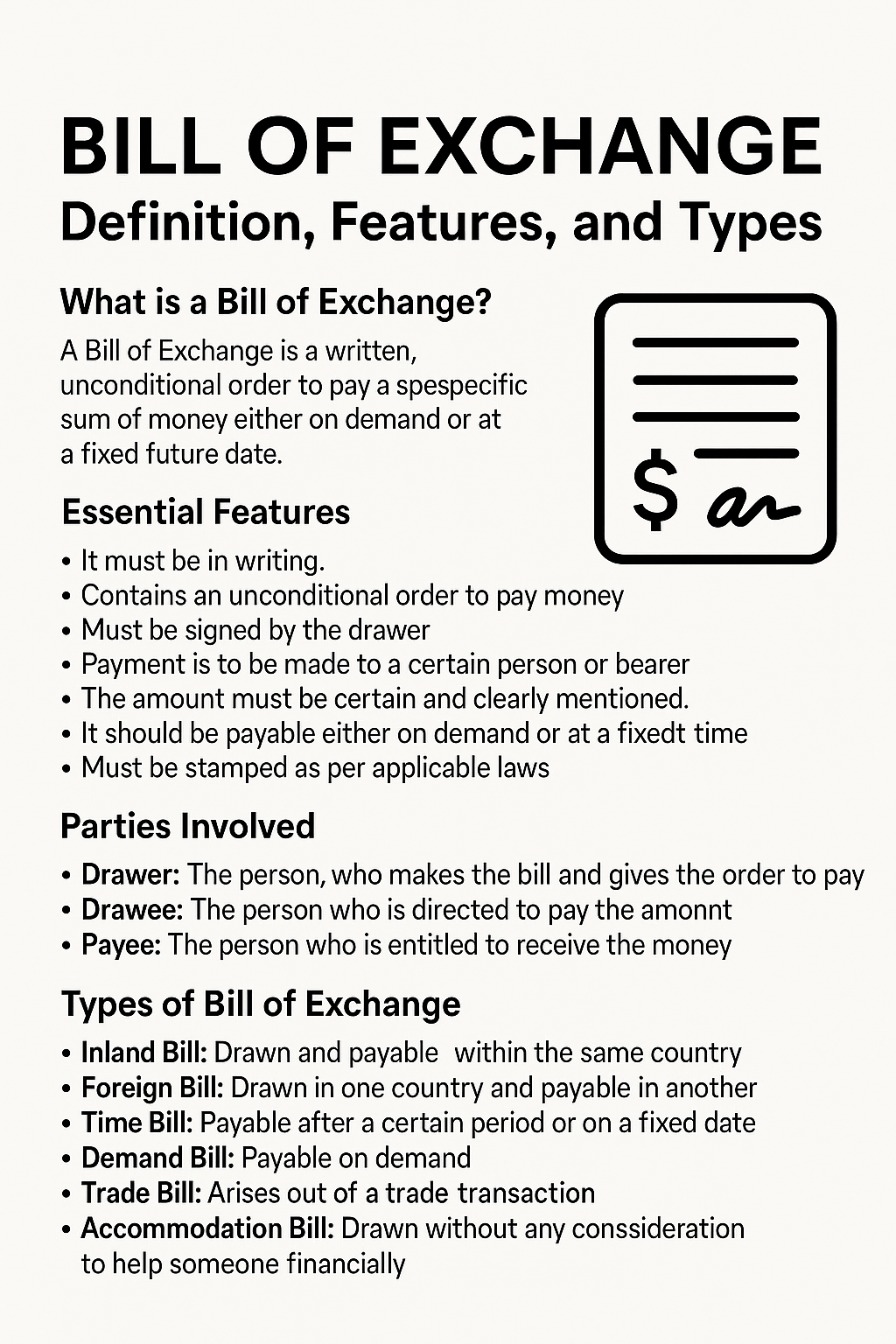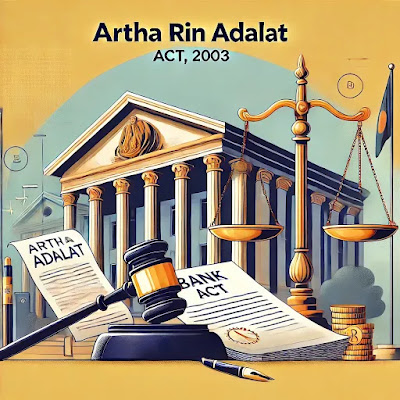Understanding Narrow Money and Broad Money: Key Concepts in Monetary Economics
Introduction
In economics, money is categorized into different types based on liquidity and accessibility. Two key terms that often come up in monetary discussions are Narrow Money and Broad Money. These terms help central banks and economists measure the money supply in an economy, impacting monetary policy decisions. In this blog post, we’ll explore the differences between narrow money and broad money, their significance, and how they affect the economy.
What is Narrow Money?
Narrow money refers to the most liquid forms of money in an economy. It includes physical currency and coins in circulation, as well as demand deposits (or checking accounts) that can be quickly converted into cash. Narrow money is primarily used for transactions and is easily accessible to the public.
Components of Narrow Money:
1. Currency (Notes and Coins):
These are the physical forms of money used for everyday transactions.
2. Demand Deposits:
Bank account balances that can be withdrawn or transferred on demand, like checking accounts.
3. Other Liquid Assets:
Money market accounts and other forms of highly liquid financial assets.
Importance of Narrow Money:
Transactions:
Narrow money is crucial for day-to-day transactions and consumer spending.
Monetary Policy Indicator:
Central banks often monitor narrow money as it helps gauge immediate inflationary pressure and liquidity in the economy.
Speed of Circulation:
Narrow money typically circulates quickly due to its liquidity, allowing businesses and consumers to transact efficiently.
What is Broad Money?
Broad money refers to a larger measure of the money supply that includes all of narrow money plus less liquid forms of money, such as savings accounts, time deposits, and other financial assets. Broad money encompasses the total amount of money available in the economy, not just the most liquid assets.
Components of Broad Money:
1. Narrow Money:
As discussed, narrow money is a part of broad money.
2. Time Deposits:
Bank deposits that are not easily accessible until a specific maturity date (e.g., fixed deposits).
3. Savings Accounts:
Accounts that hold money for longer periods, which are less liquid than checking accounts.
4. Money Market Funds:
Investment funds that can quickly be converted into cash but may involve some delay.
5. Other Assets:
Certificates of deposit, repurchase agreements, and other less liquid forms of money.
Importance of Broad Money:
Economic Health Indicator:
Broad money provides a more comprehensive picture of the total money supply in an economy. It is often used to predict inflationary trends and overall economic growth.
Investment and Saving Habits:
Broad money includes savings, which indicate how much money is being kept aside for future investments or expenses, influencing long-term economic strategies.
Policy Impact:
Central banks monitor broad money to determine the effects of policies on economic growth, inflation, and employment.
Difference Between Narrow Money and Broad Money
The Role of Narrow Money and Broad Money in Monetary Policy
Central banks, such as the Bangladesh Bank, use narrow and broad money as indicators to shape monetary policy. Here’s how:
1. Inflation Control:
By controlling narrow money, central banks can influence short-term inflation by regulating the liquidity available for consumer spending. When narrow money is abundant, inflation may rise due to increased demand for goods and services.
2. Economic Growth & Investment:
Broad money is essential for understanding the overall health of an economy. When broad money increases, it often signals growth in savings and investments, which can stimulate long-term economic expansion. However, excessive growth in broad money can also lead to inflationary pressures if not managed carefully.
3. Interest Rates and Credit Availability:
Broad money also impacts interest rates, as savings and time deposits affect the amount of credit available in the market. A high volume of broad money can lower interest rates, making borrowing cheaper, which can encourage business expansion.
Read more:
JAIBB & AIBB Exam Schedule – April 2025 | IBB Bangladesh
A Complete Guide to JAIBB & AIBB Examinations in Bangladesh
How to Pass Banking Professional Exams: A Step-by-Step Guide
Practical Example: Bangladesh’s Money Supply
In Bangladesh, narrow and broad money play crucial roles in the economic structure. The Bangladesh Bank regularly adjusts its policies, including interest rates and reserve requirements, to manage the money supply and control inflation. Understanding the relationship between narrow and broad money is essential for businesses, policymakers, and economists to predict market movements and plan for the future.
For example, if the central bank notices a sudden increase in narrow money (e.g., people withdrawing large sums of cash), it might raise interest rates to discourage spending and curb inflation. Conversely, if broad money is growing too quickly, the bank might implement policies to slow down economic overheating and reduce the risk of excessive inflation.
Conclusion
Narrow money and broad money are essential concepts in understanding how economies function and how central banks manage monetary policy. Narrow money is crucial for daily transactions and reflects short-term liquidity, while broad money gives a more comprehensive view of the economy’s health and future trends. By monitoring both, policymakers can ensure a balanced, sustainable approach to economic growth, inflation, and stability.
You may Like:
Demand for Money in the Monetary and Financial System
Kinds of money
Suggested Reading Materials
1. “The Theory and Practice of Central Banking” by Ben Bernanke
A detailed guide on how central banks manage the money supply and control inflation.
2. “Money, Bank Credit, and Economic Cycles” by Jesús Huerta de Soto
A deeper look into the role of money in economic cycles, including narrow and broad money’s impact.
3. “The Economics of Money, Banking, and Financial Markets” by Frederic S. Mishkin
A textbook that covers the basics of money supply, including narrow and broad money, and their implications for the economy.
Know more about IBB:
The Institute of Bankers, Bangladesh (IBB): Shaping Banking Professionals for Excellence
By understanding the significance of narrow and broad money, businesses and individuals can better navigate economic fluctuations and plan effectively for the future.




